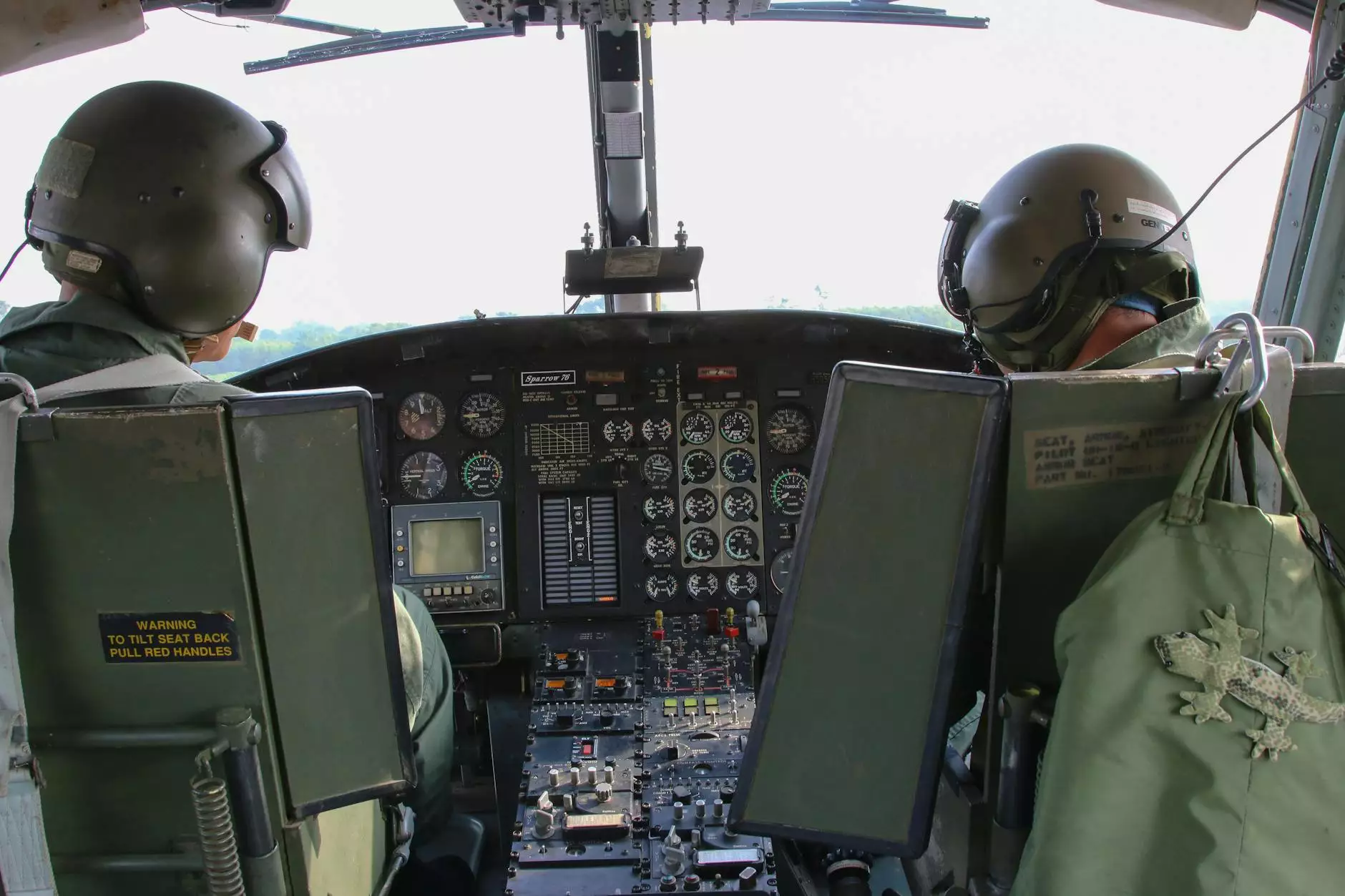Aviation History and the Mission Inn Grades 3-5

Introduction
Welcome to the educational resource page on the La Historia Society website, dedicated to exploring the captivating history of aviation and its connection to the iconic Mission Inn.
Why Teach Aviation History?
Aviation history offers a unique perspective on human achievements, technological advancements, and the impact they have had on society. By studying aviation, students develop critical thinking skills and gain a deeper understanding of how transportation has shaped our world.
The Mission Inn and its Aviation Heritage
The Mission Inn, located in Riverside, California, is not only a renowned historic landmark but also holds a significant place in aviation history. With its close proximity to March Field Air Force Base, the inn played a vital role in hosting aviators, fostering innovation, and promoting aviation activities throughout the early 20th century.
Early Days of Aviation at the Mission Inn
During the early 1900s, aviation was still in its infancy, and the Mission Inn quickly became a hub for aviation enthusiasts, aviators, and innovators. Prominent figures like Charles Lindbergh, Amelia Earhart, and Howard Hughes were among the esteemed guests who frequented the inn, shaping its aviation heritage.
Aviation and Innovation
As aviation technology advanced, the Mission Inn served as a meeting place for engineers, aviators, and inventors. The exchange of ideas and expertise paved the way for numerous innovations, contributing to the rapid development of aviation during that era.
Grade 3 Curriculum: Exploring Pioneers of Aviation
In the third grade curriculum, students are introduced to the pioneers of aviation who paved the way for modern flight. Here are some key topics covered in this grade level:
- The Wright brothers and their contribution to aviation
- Amelia Earhart and her achievements as a female aviator
- Charles Lindbergh's historic solo transatlantic flight
Grade 4 Curriculum: The Science of Flight
In the fourth grade curriculum, students delve deeper into the scientific principles behind flight. Some topics covered in this grade level include:
- Aerodynamics and the forces acting on an aircraft
- The role of lift, thrust, drag, and gravity
- The concept of air pressure and its impact on flight
Grade 5 Curriculum: Aviation and Society
The fifth-grade curriculum focuses on exploring the societal impact of aviation and its role in shaping modern travel. Students will learn about:
- The influence of aviation on global trade and commerce
- The development of commercial aviation and its impact on tourism
- The socio-economic effects of increased accessibility through air travel
Engaging Activities for Grades 3-5
At La Historia Society, we believe in providing engaging and interactive activities to enhance the learning experience. Here are some suggestions for activities that complement the aviation history curriculum:
- Design and build model airplanes to understand the principles of flight.
- Organize a field trip to an aviation museum or an airshow.
- Invite guest speakers, such as pilots or aviation historians, to share their experiences and insights.
- Encourage students to create presentations or posters showcasing the aviation pioneers they have studied.
Conclusion
Aviation history offers a captivating journey into the past, allowing students to connect with the pioneers who revolutionized the way we travel. By exploring the rich aviation heritage of the Mission Inn, students in Grades 3-5 gain a deeper appreciation for the impact of aviation on society. Let us embark on this educational adventure together and inspire the next generation of aviators and innovators!



